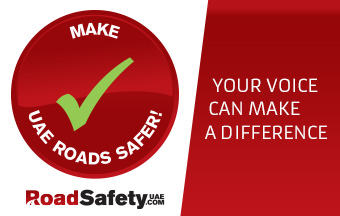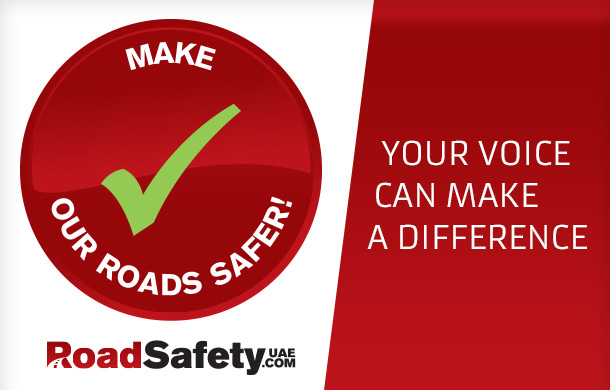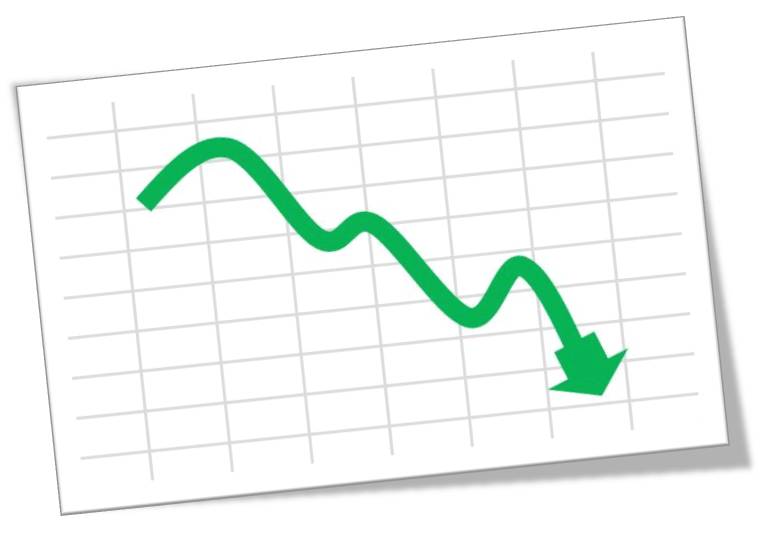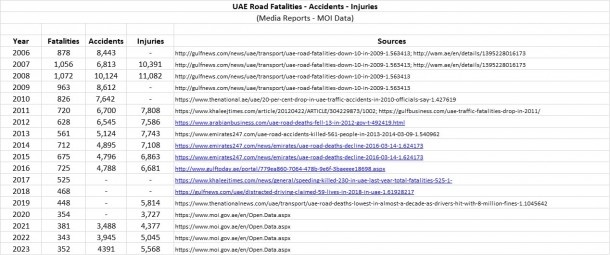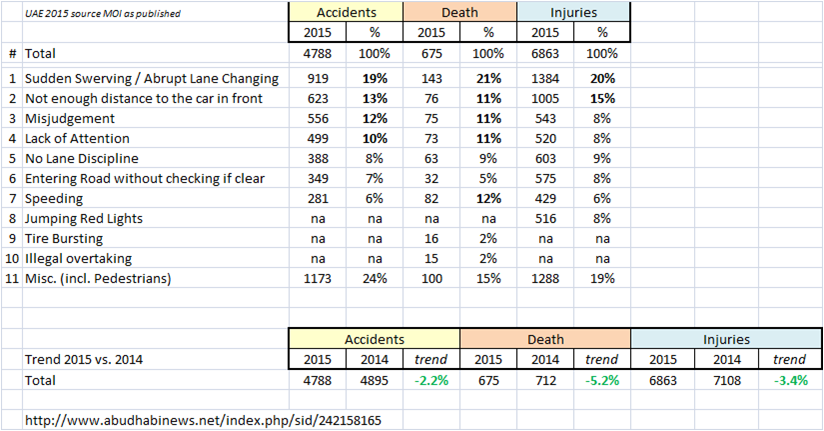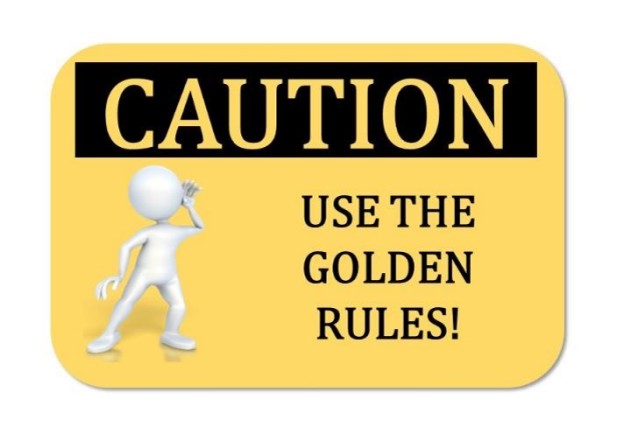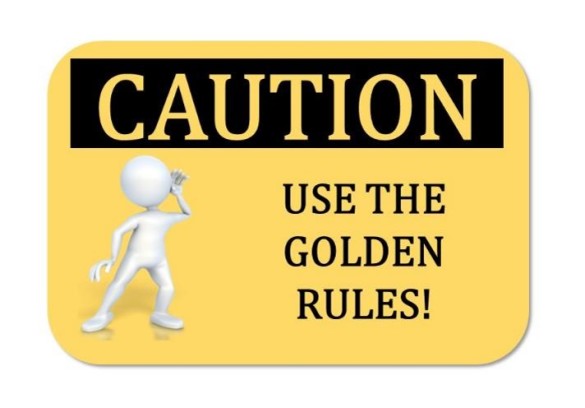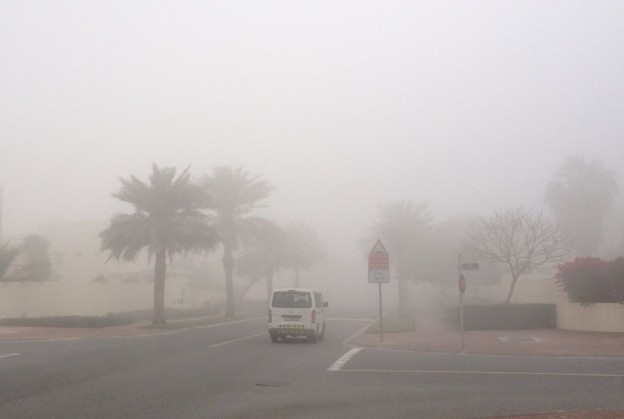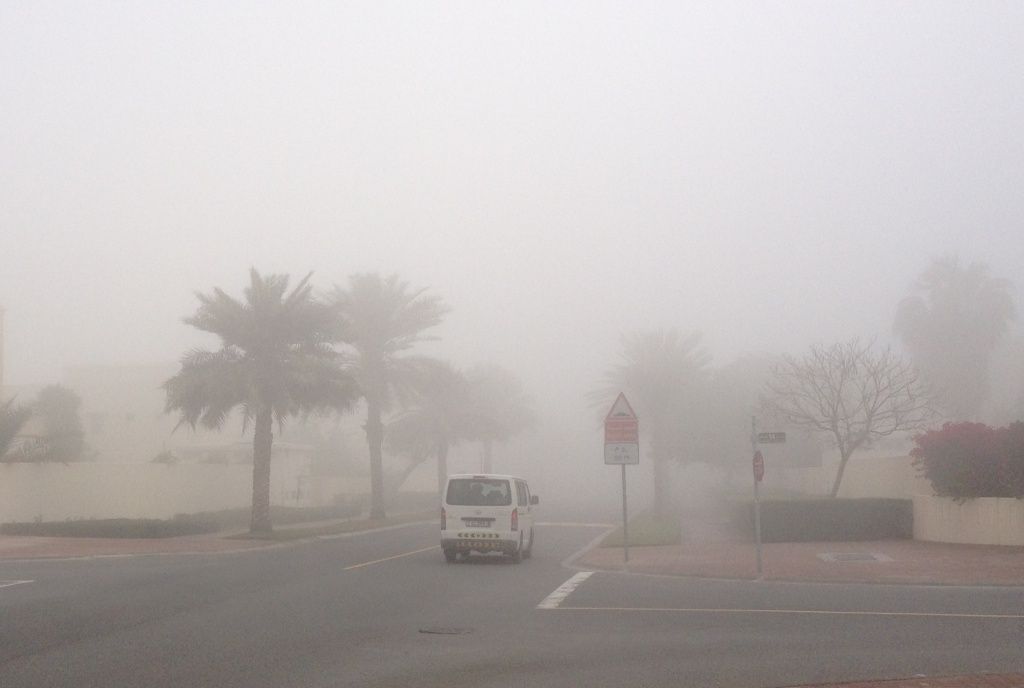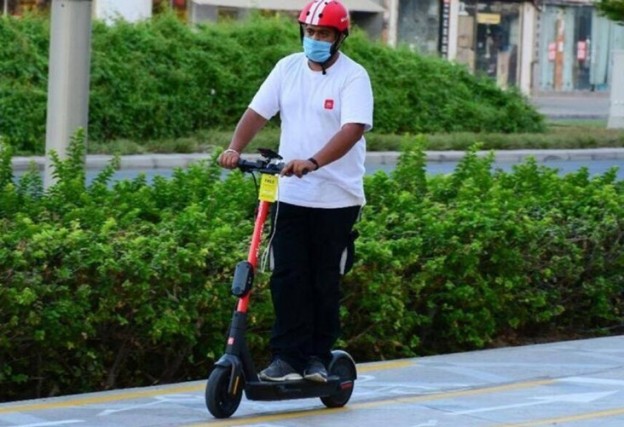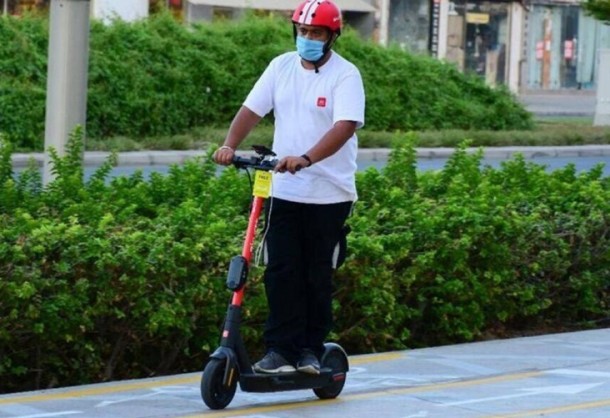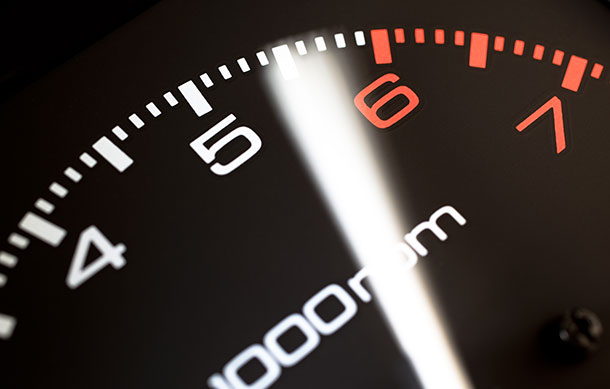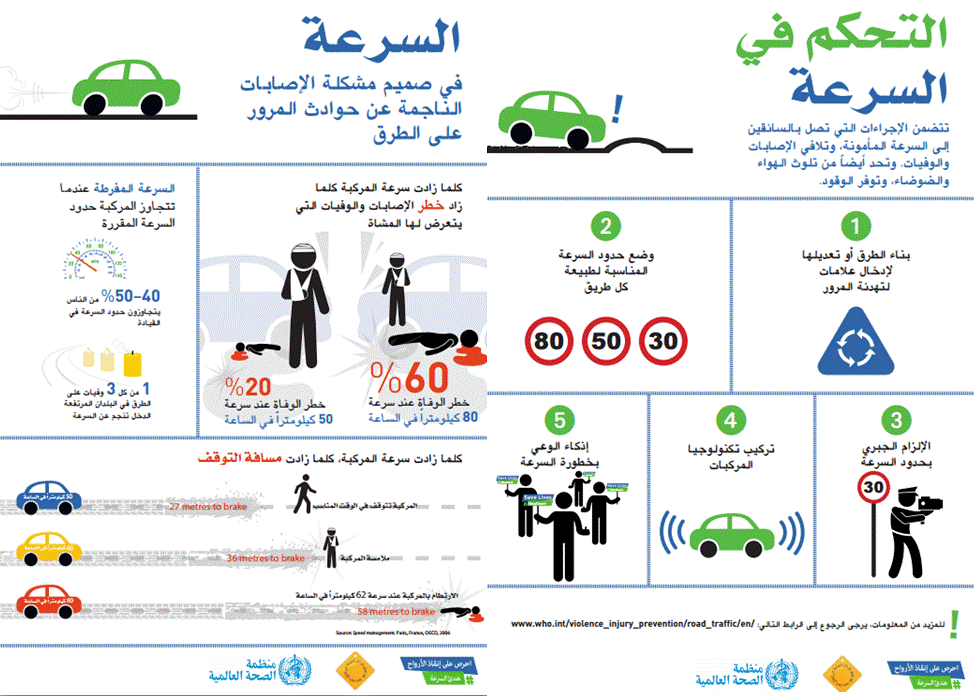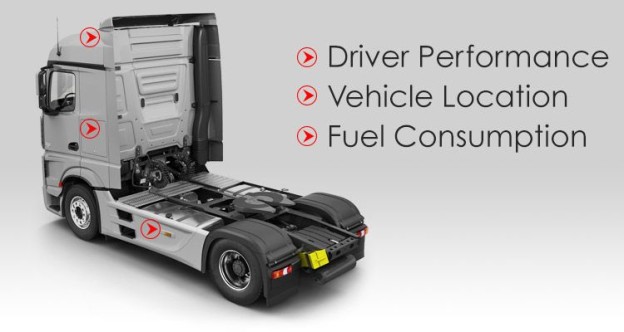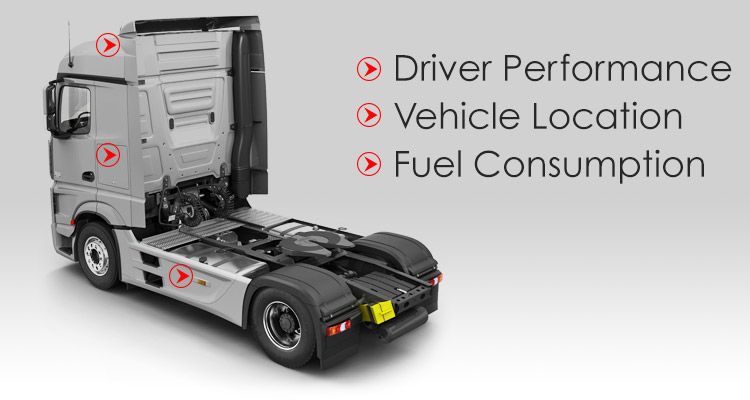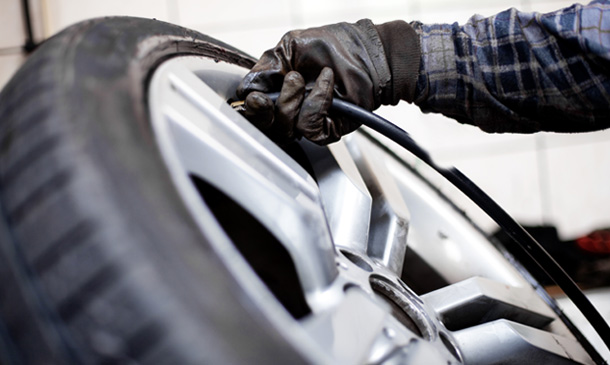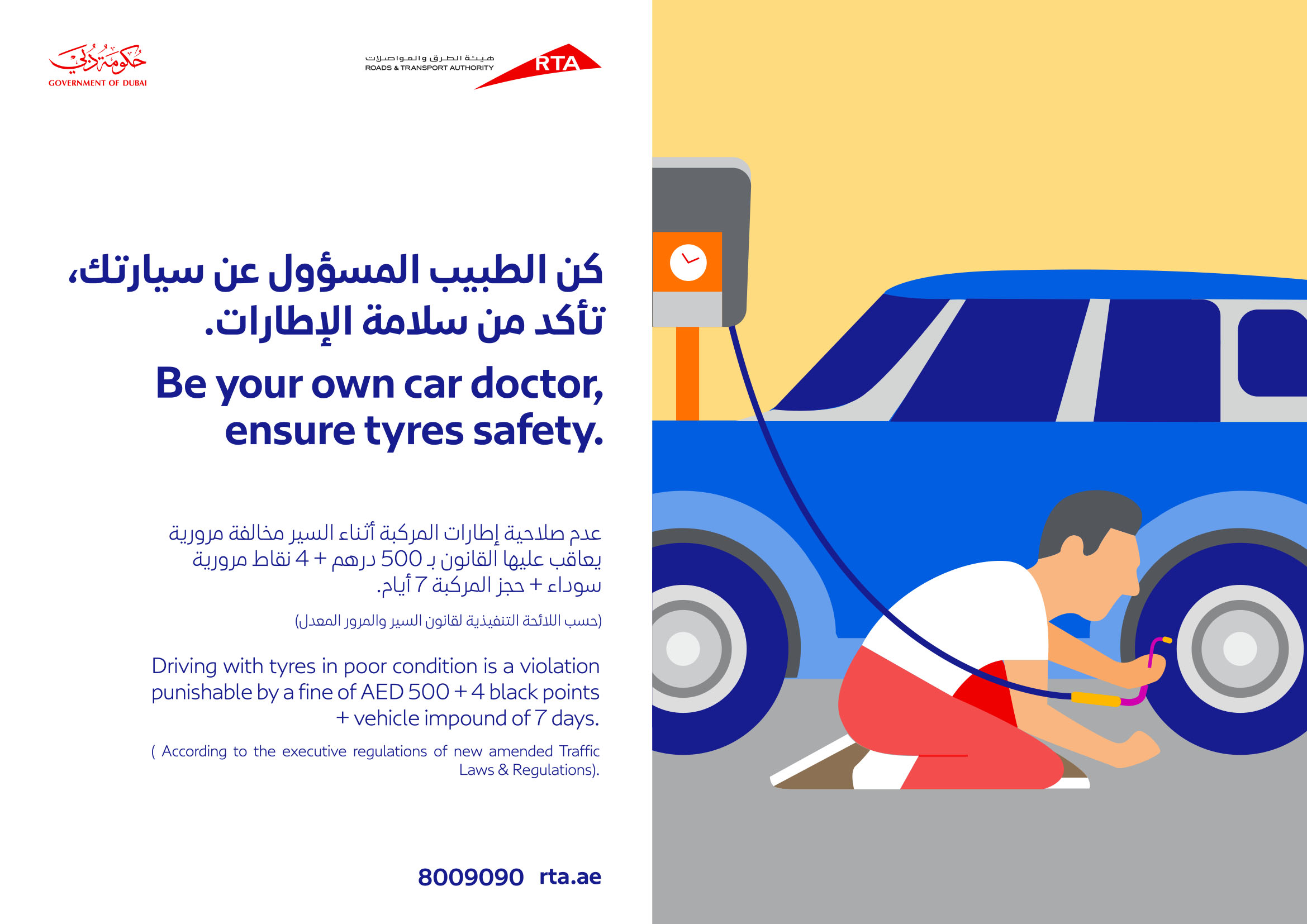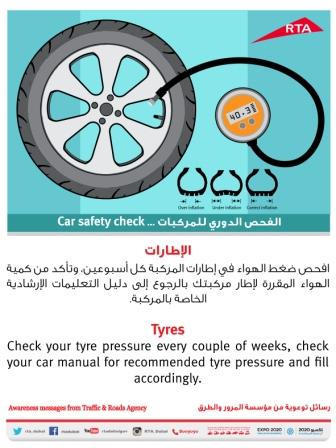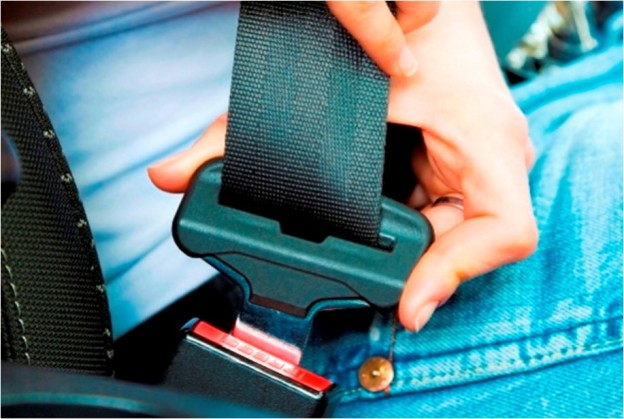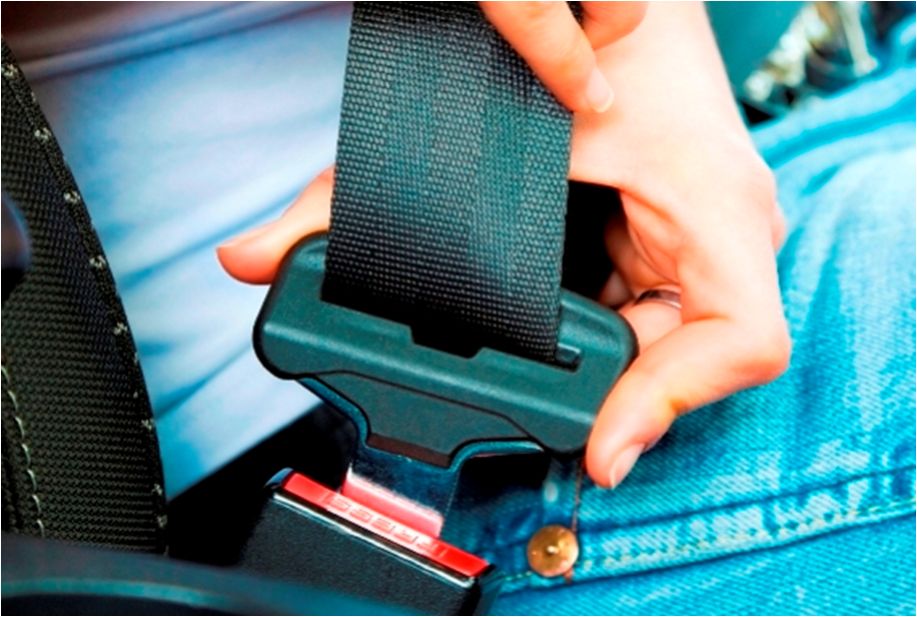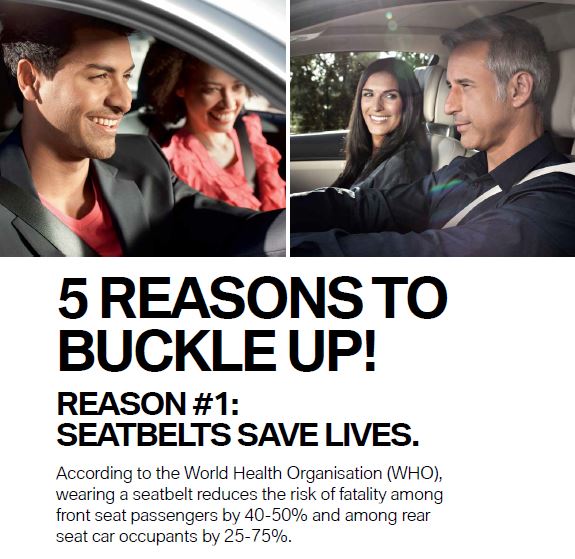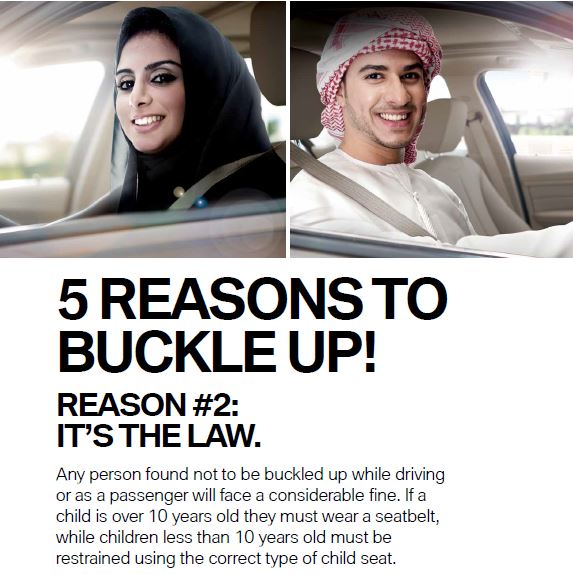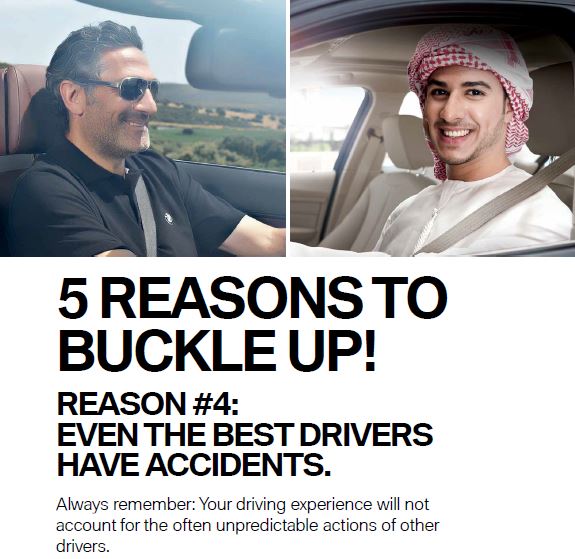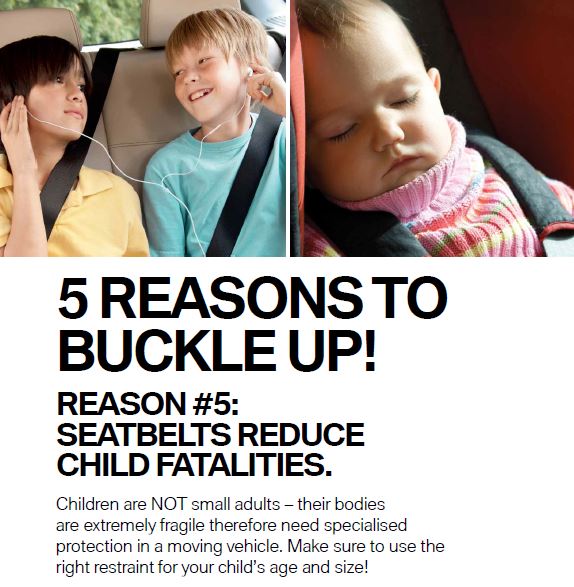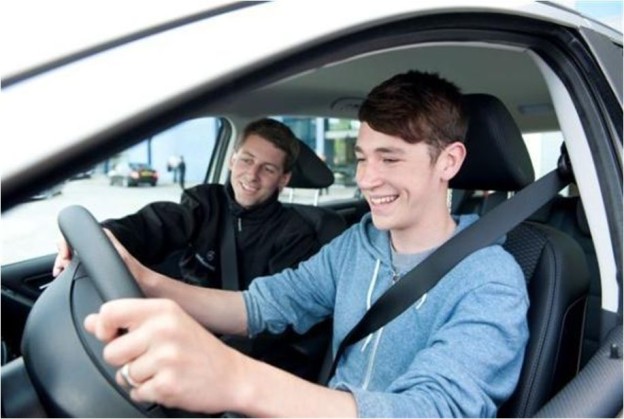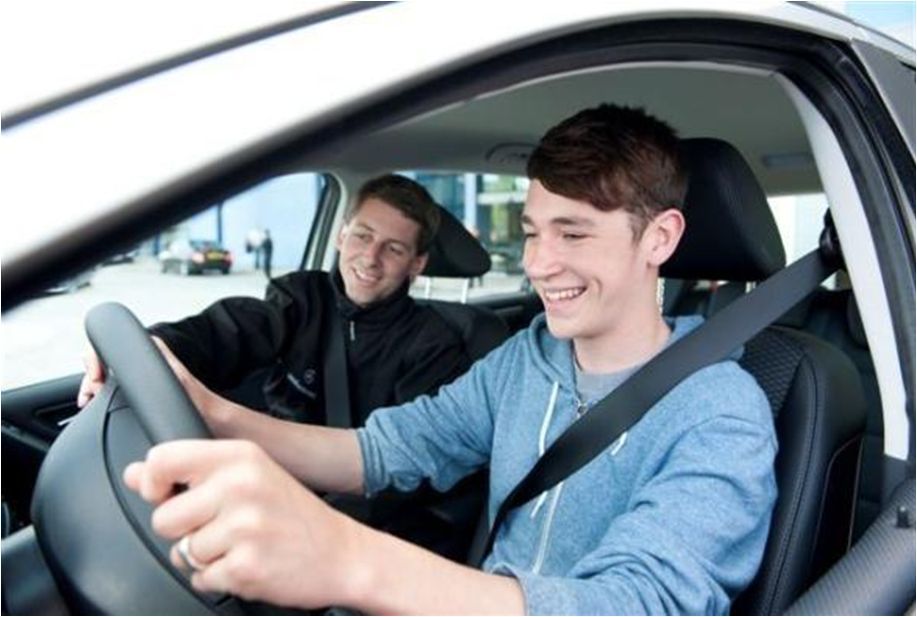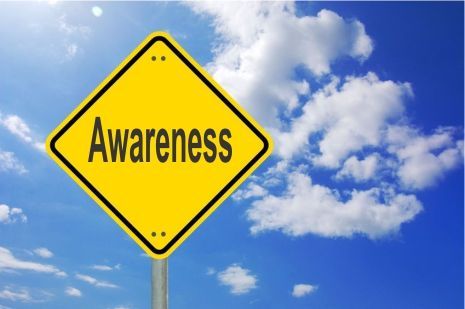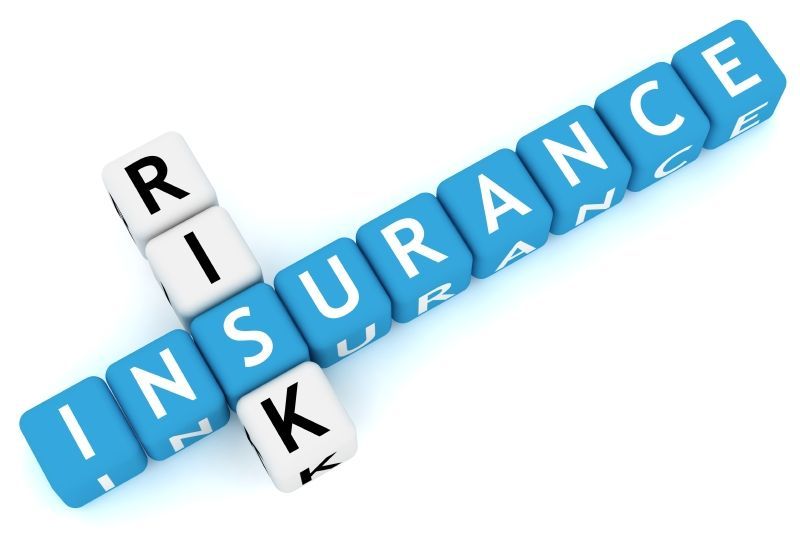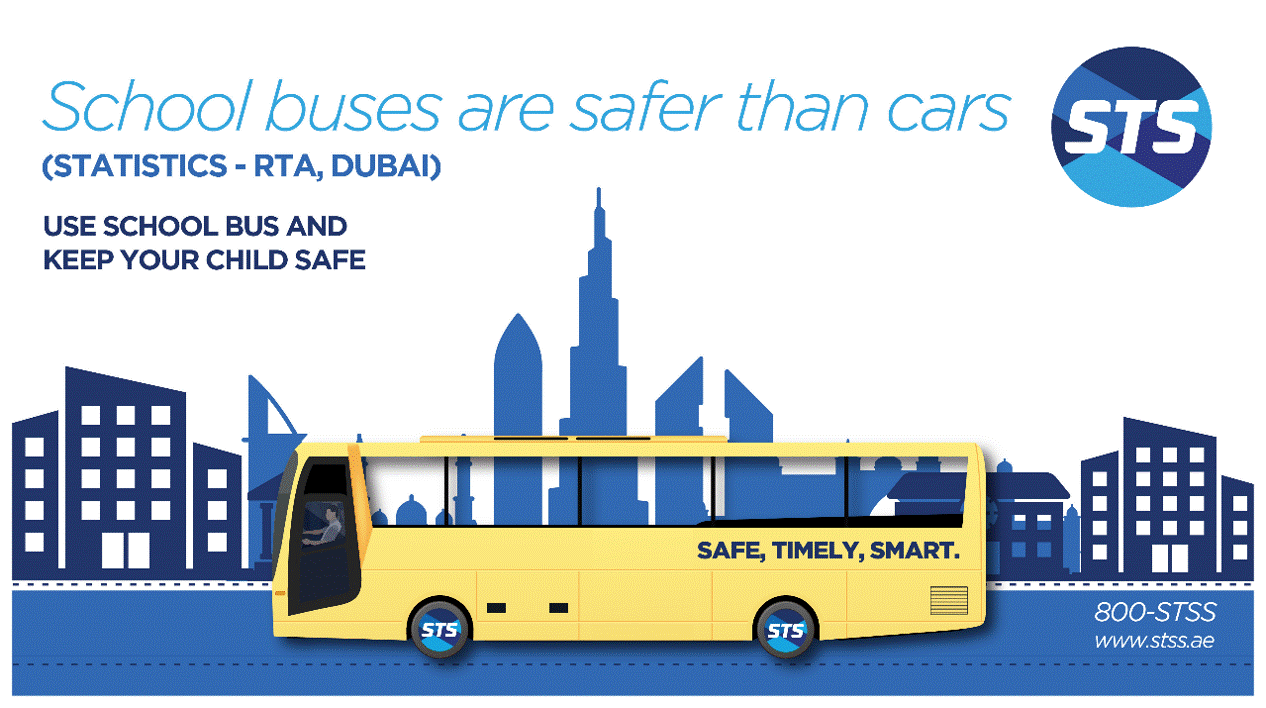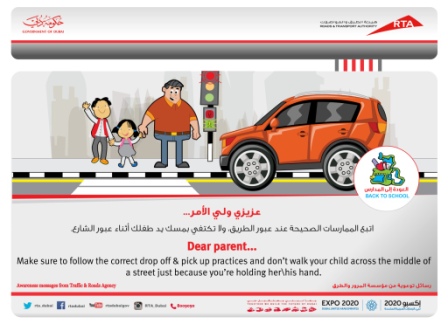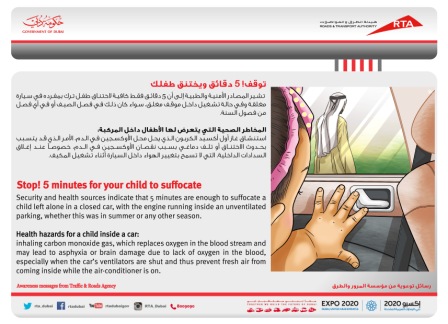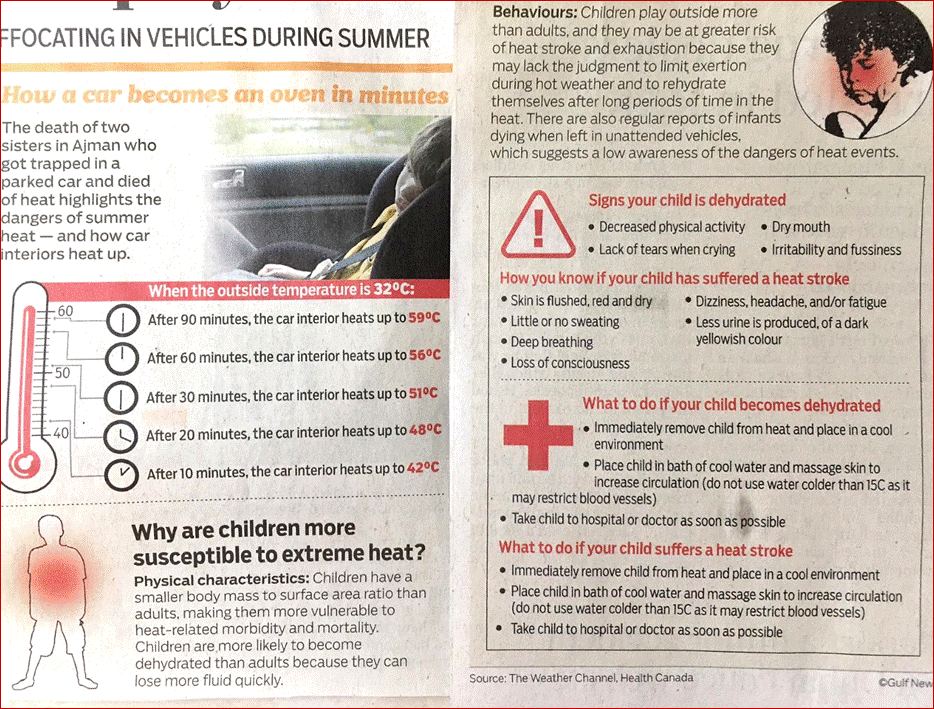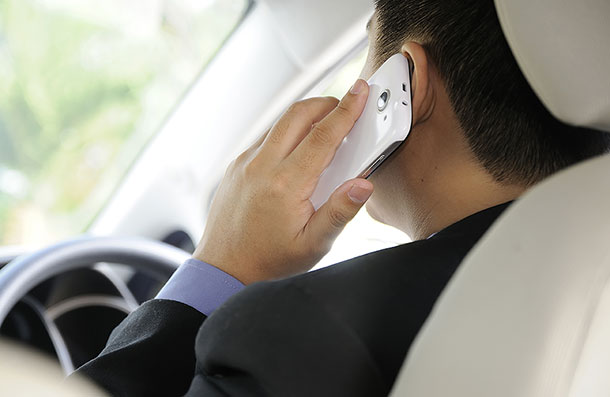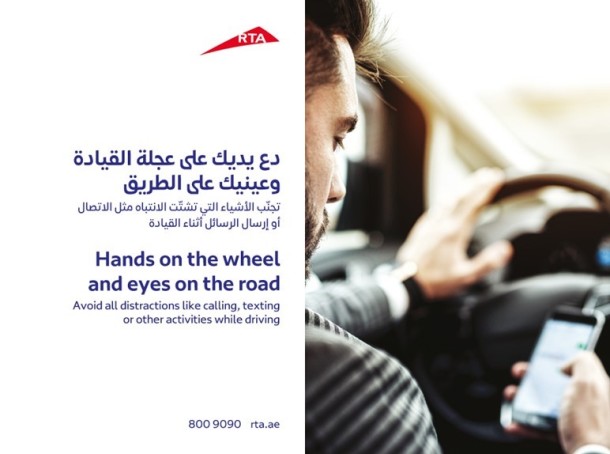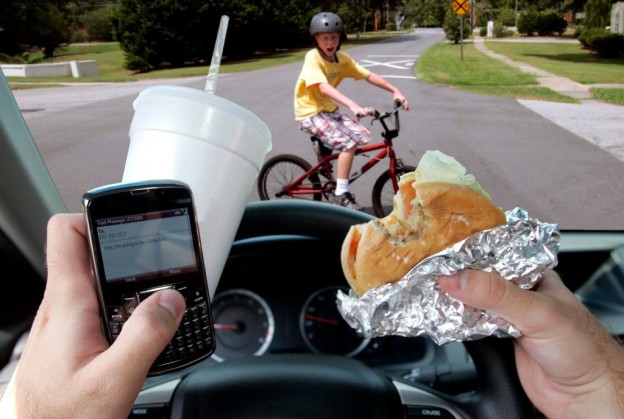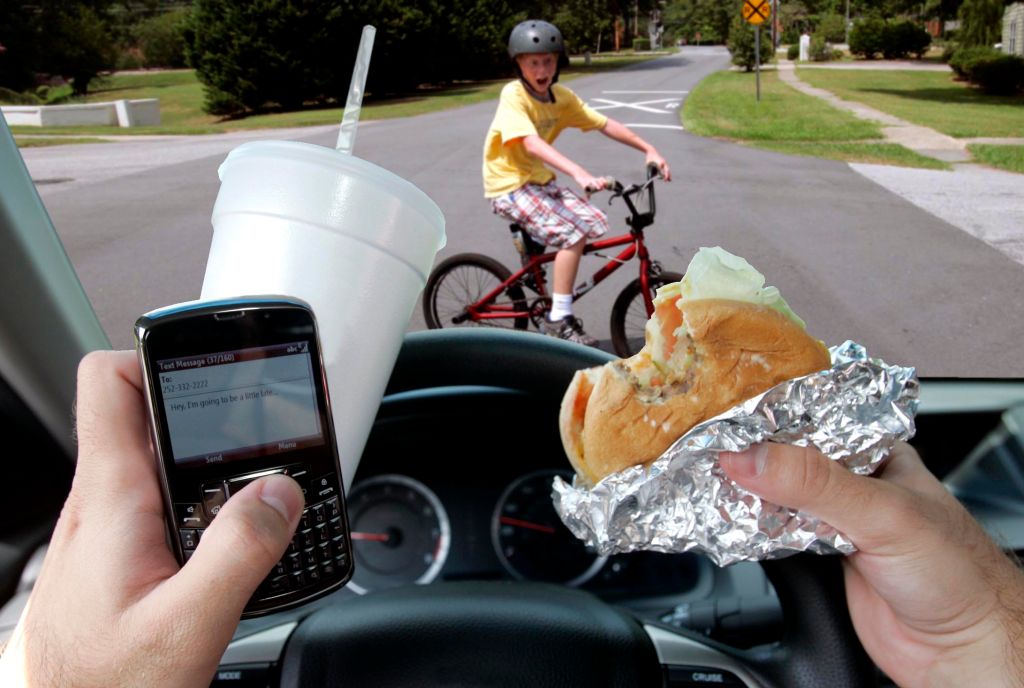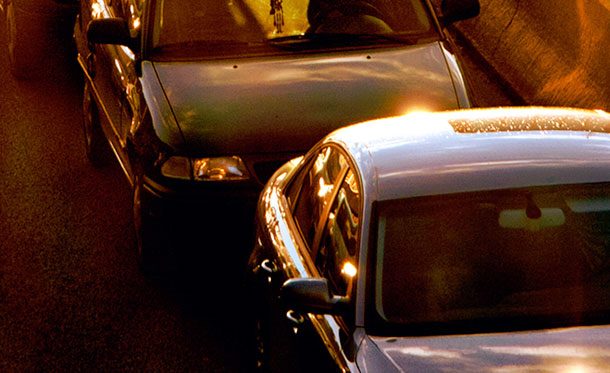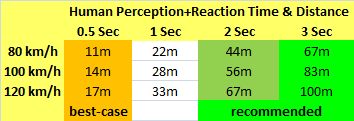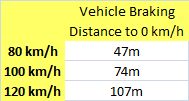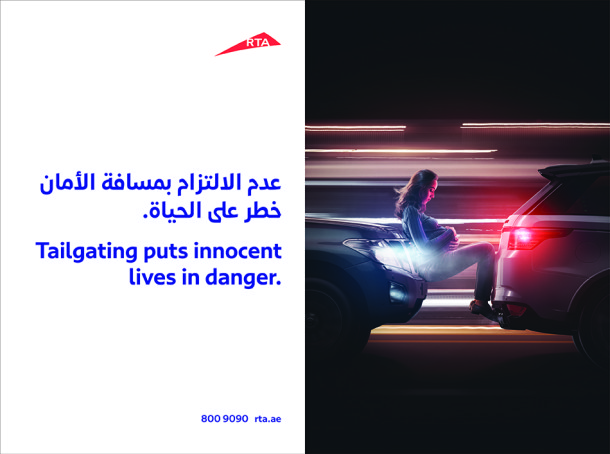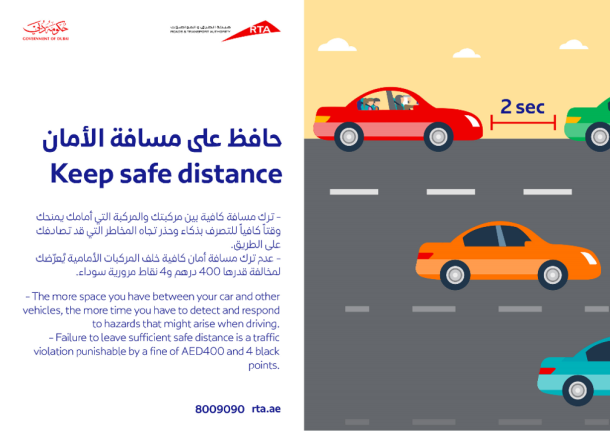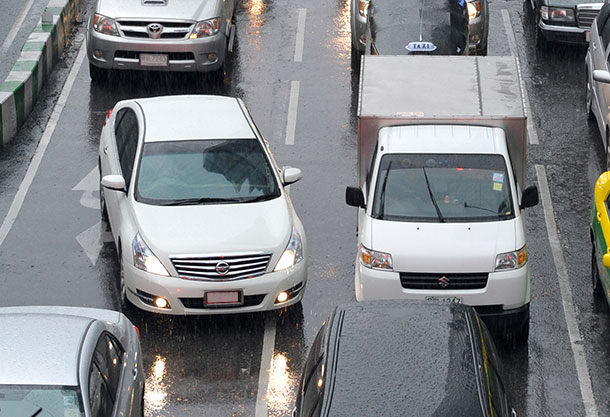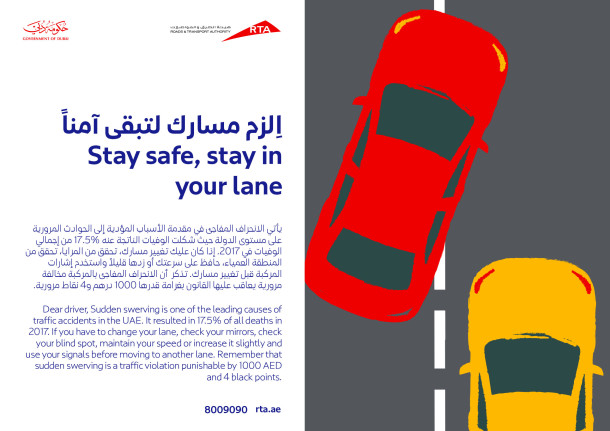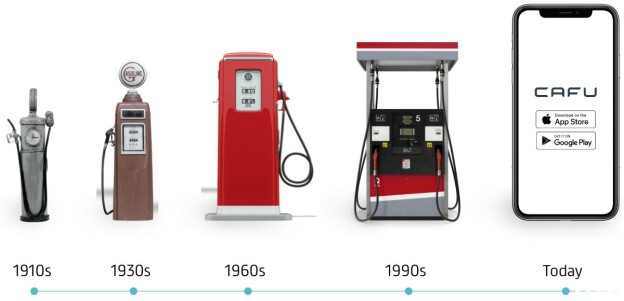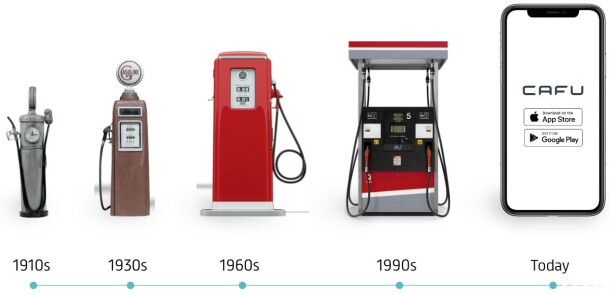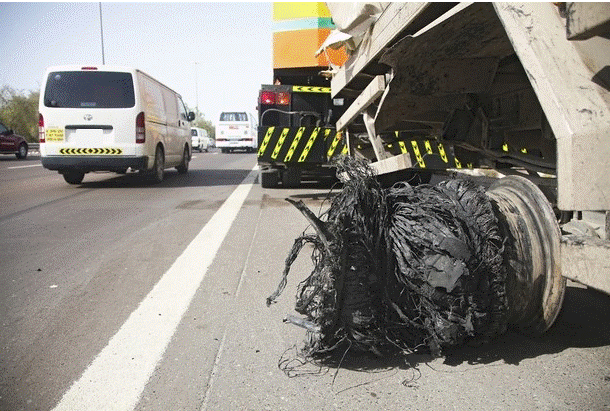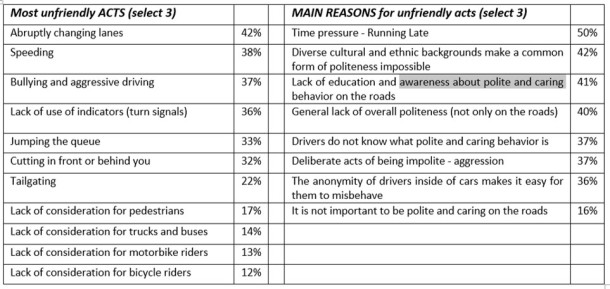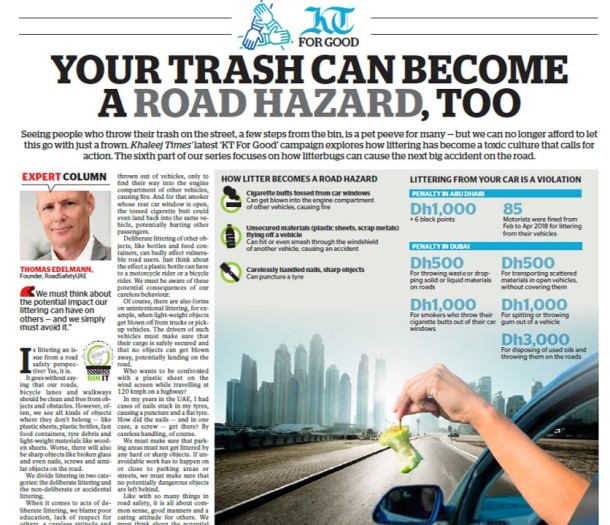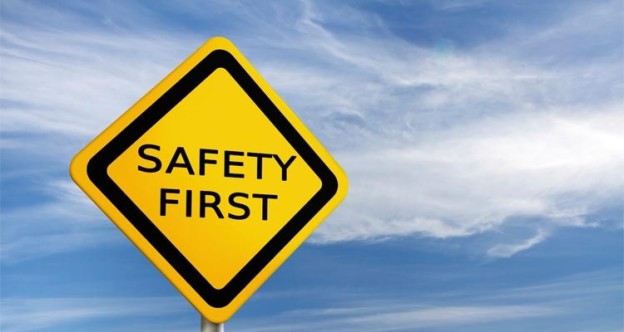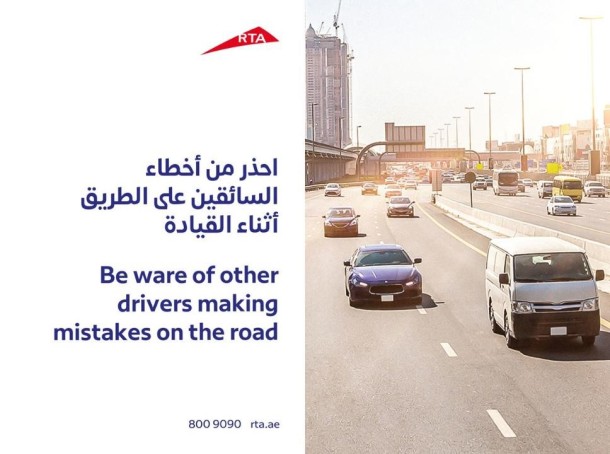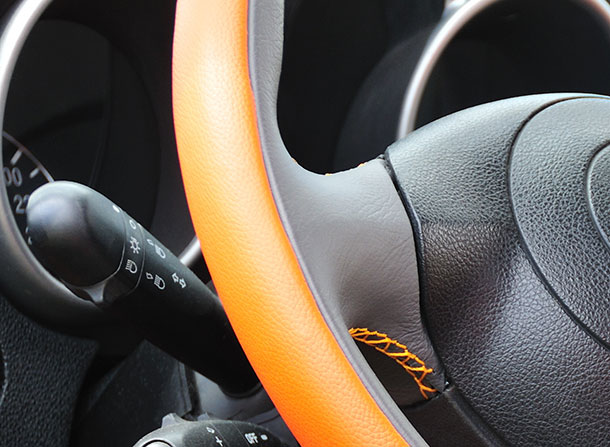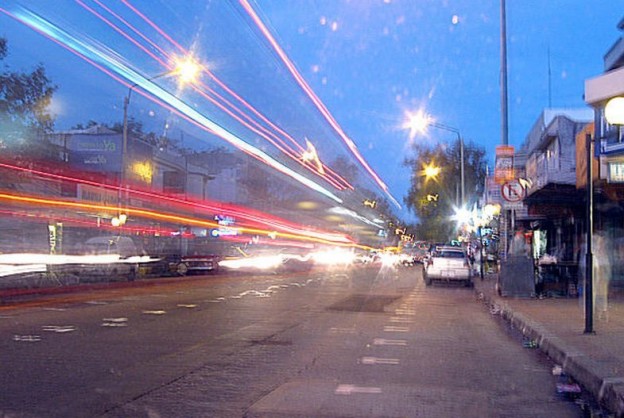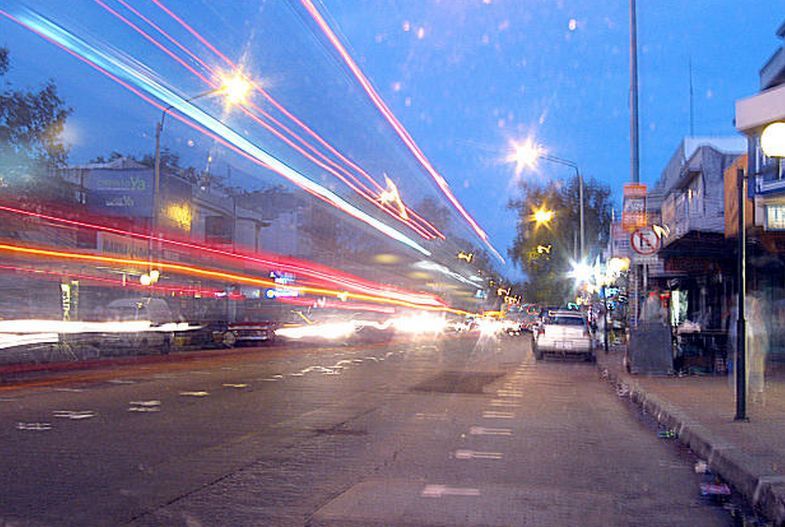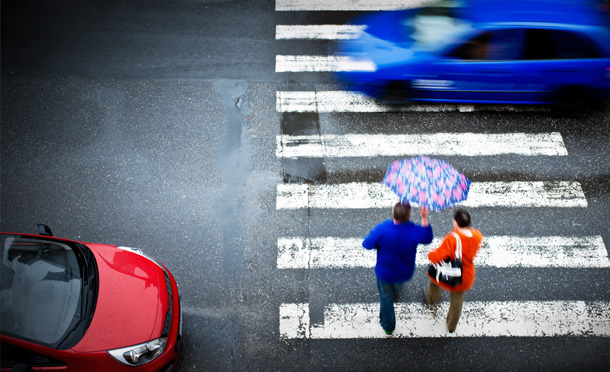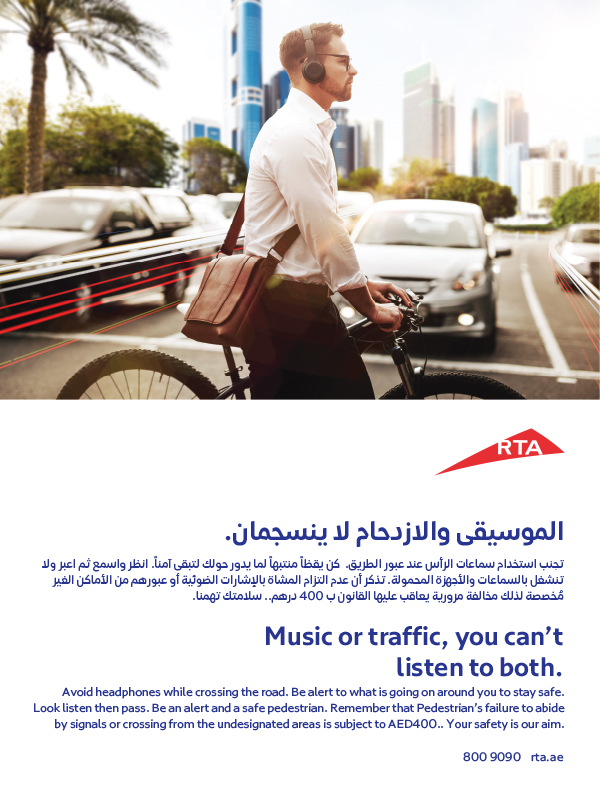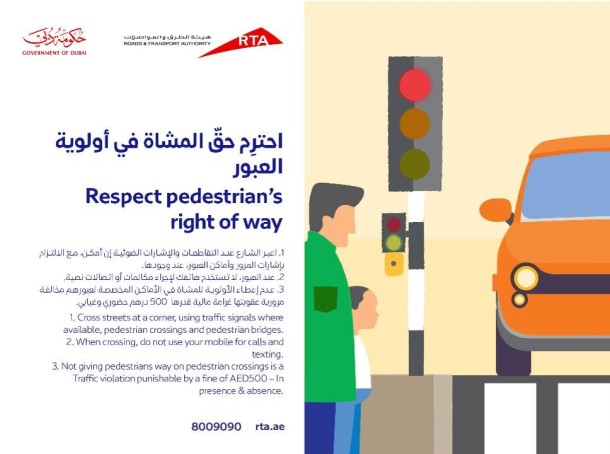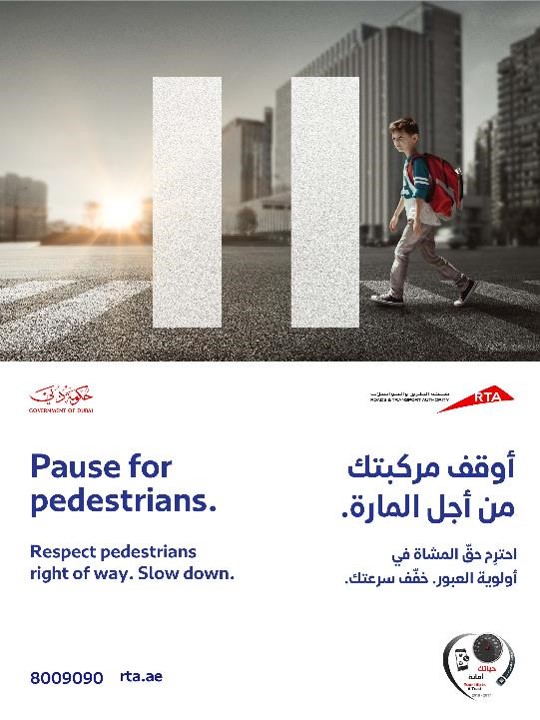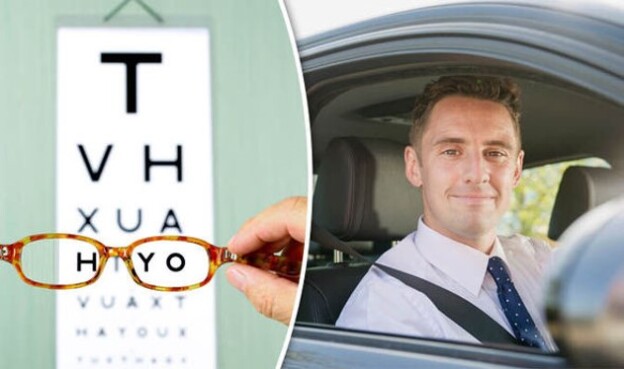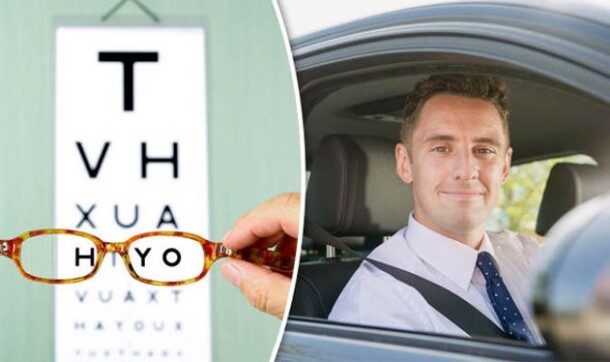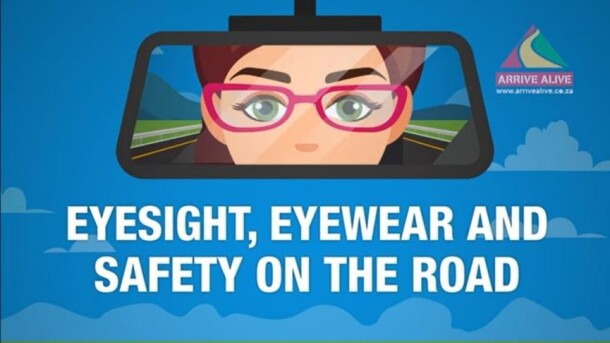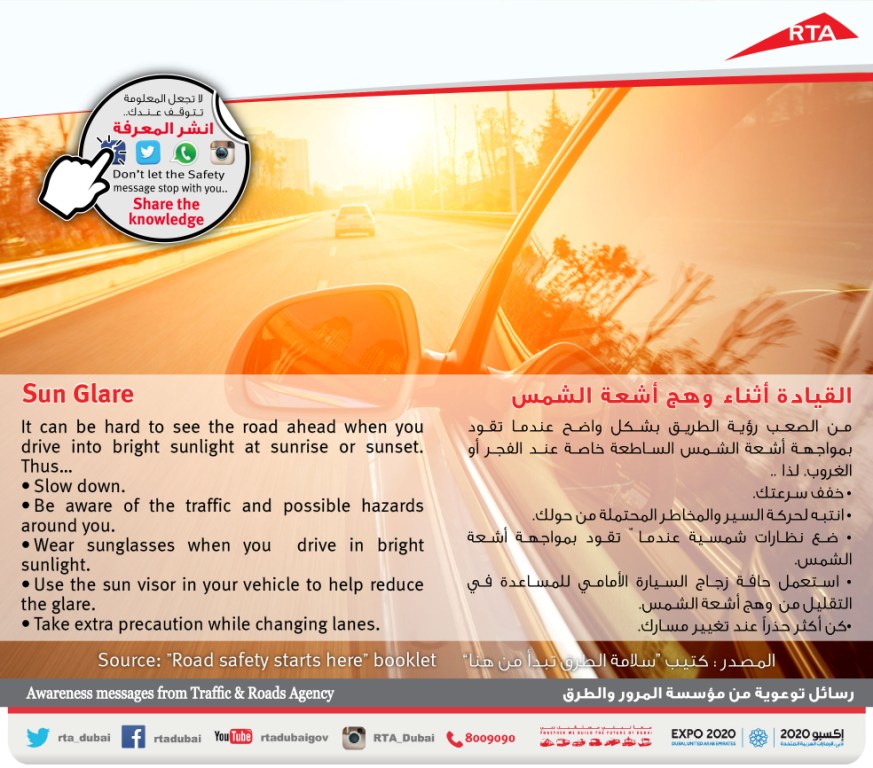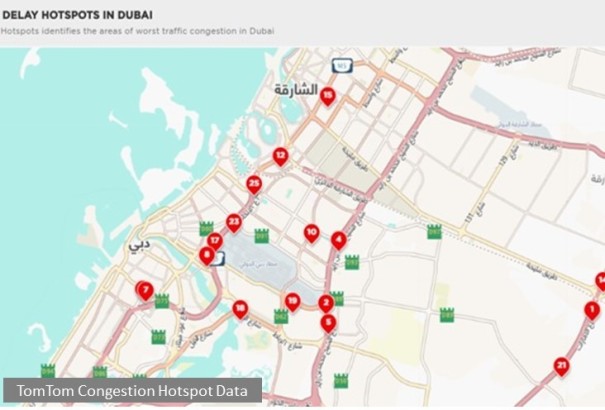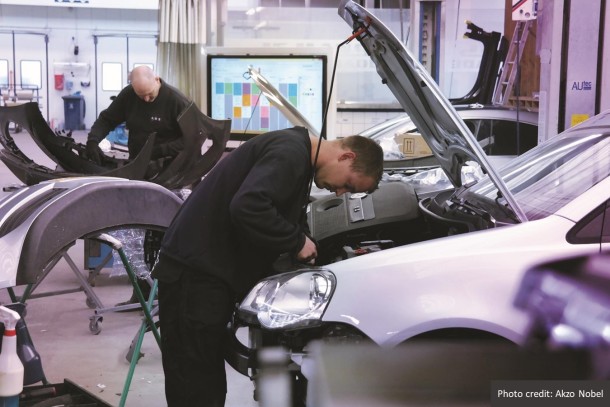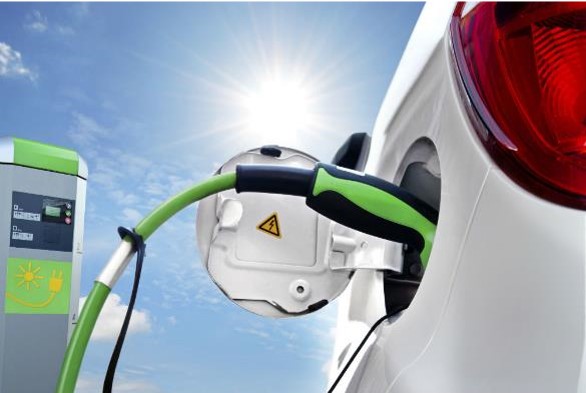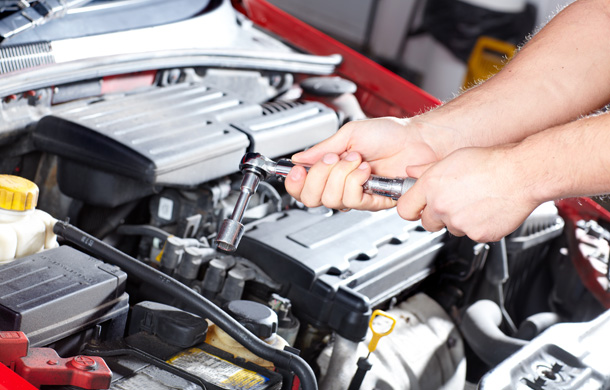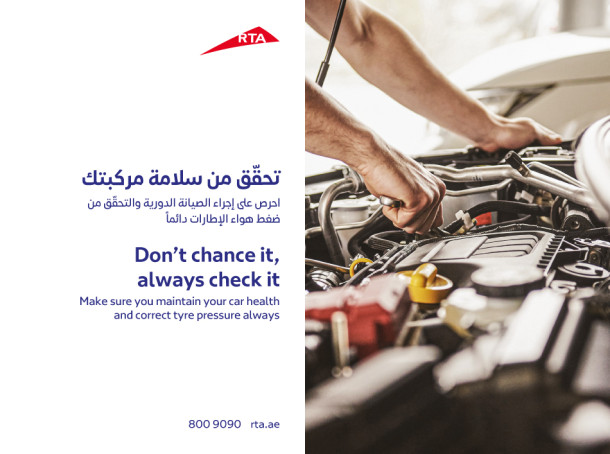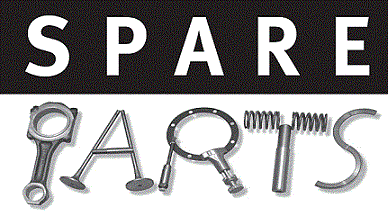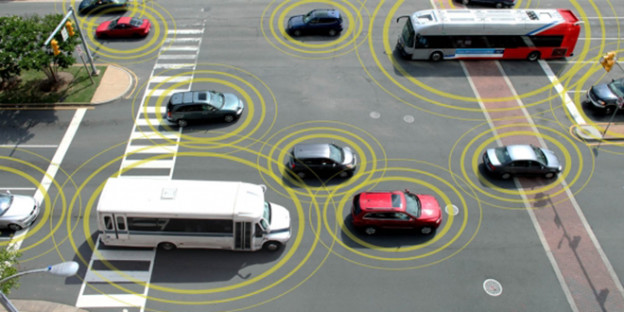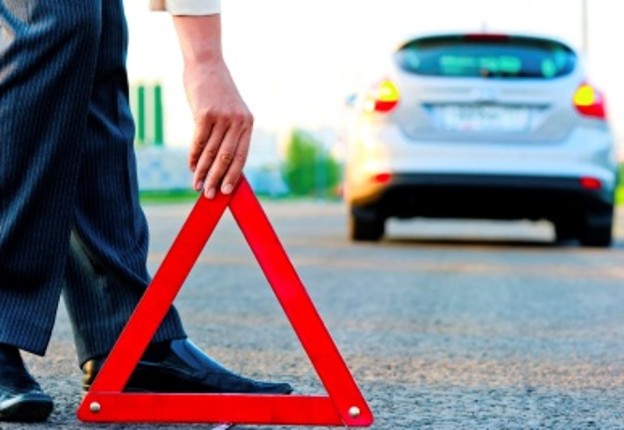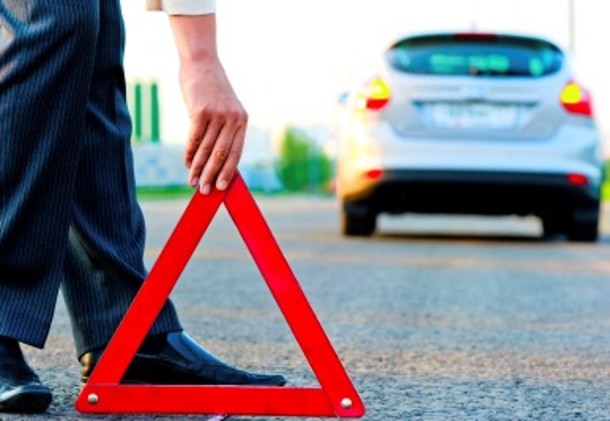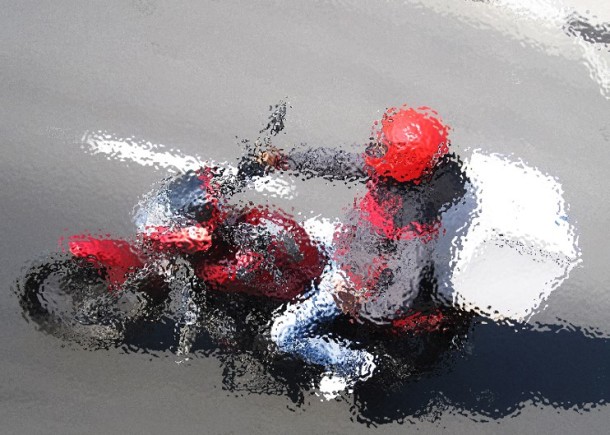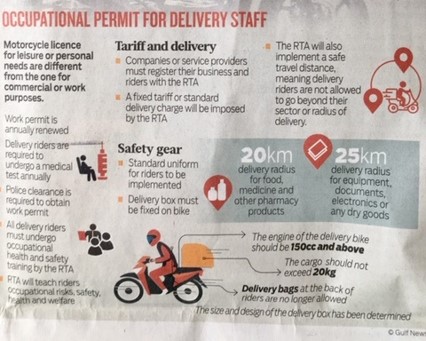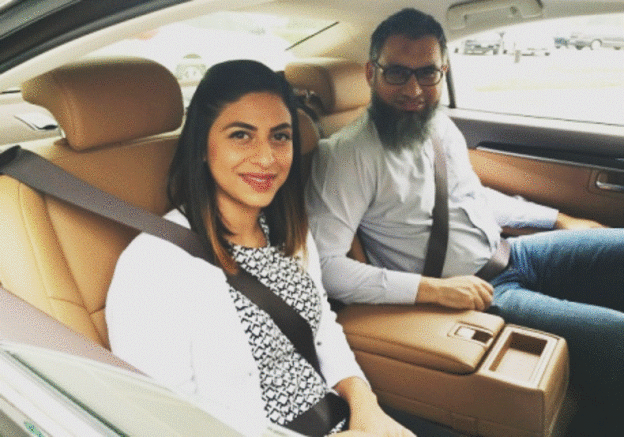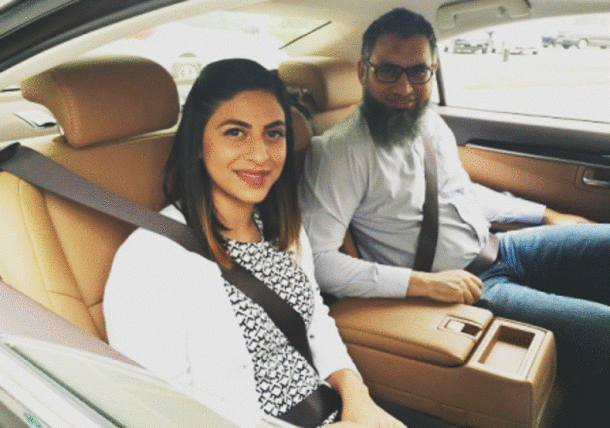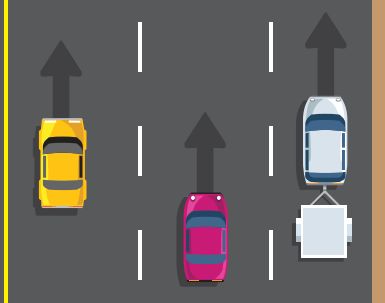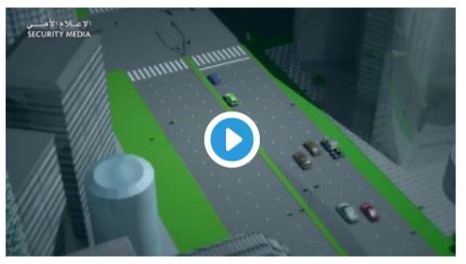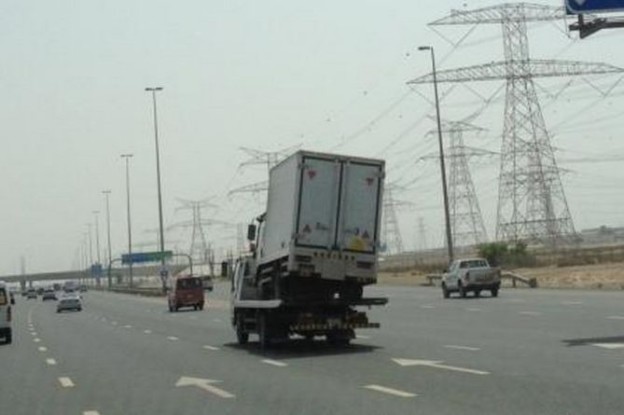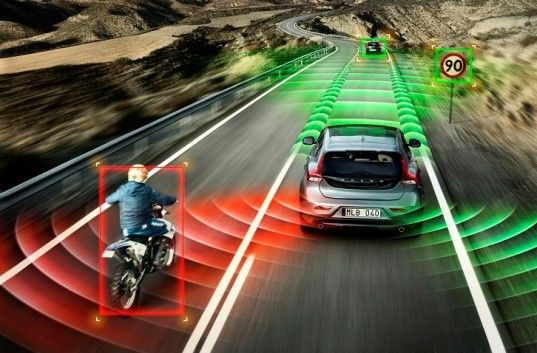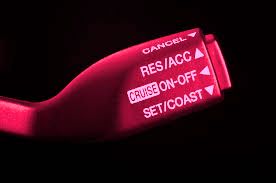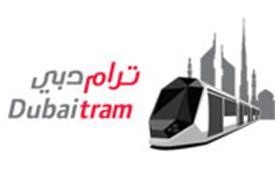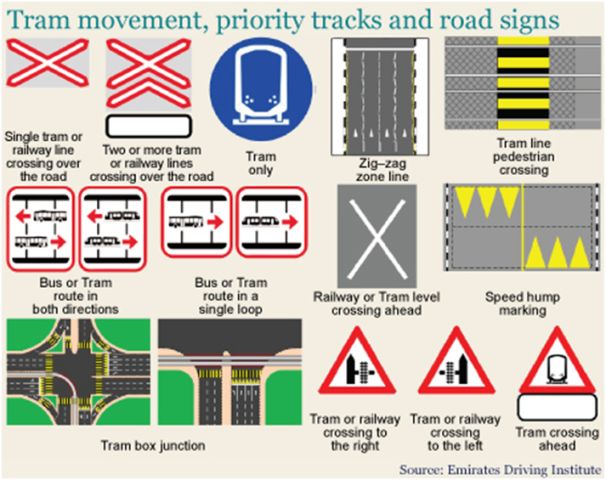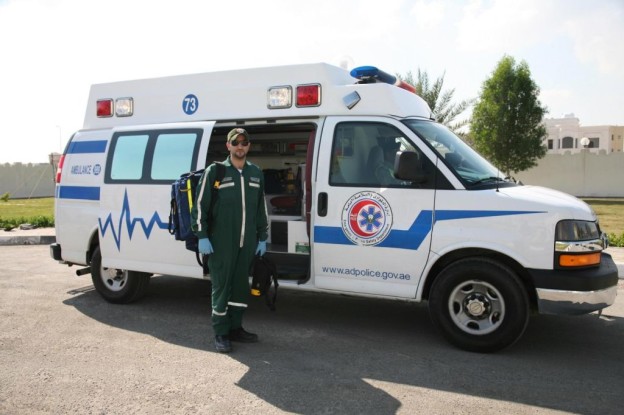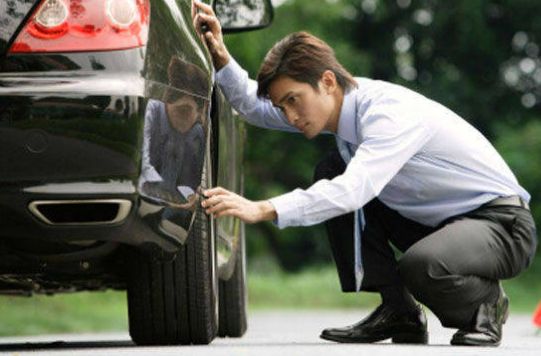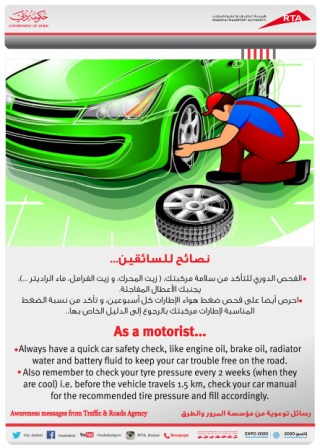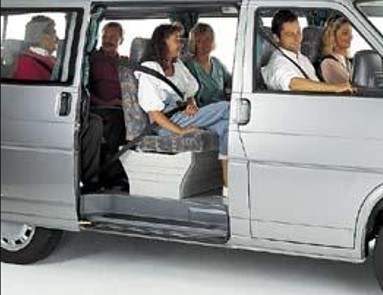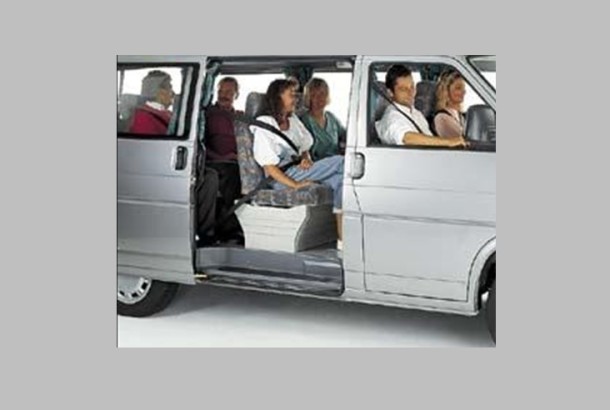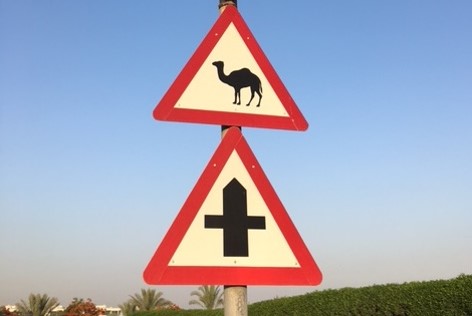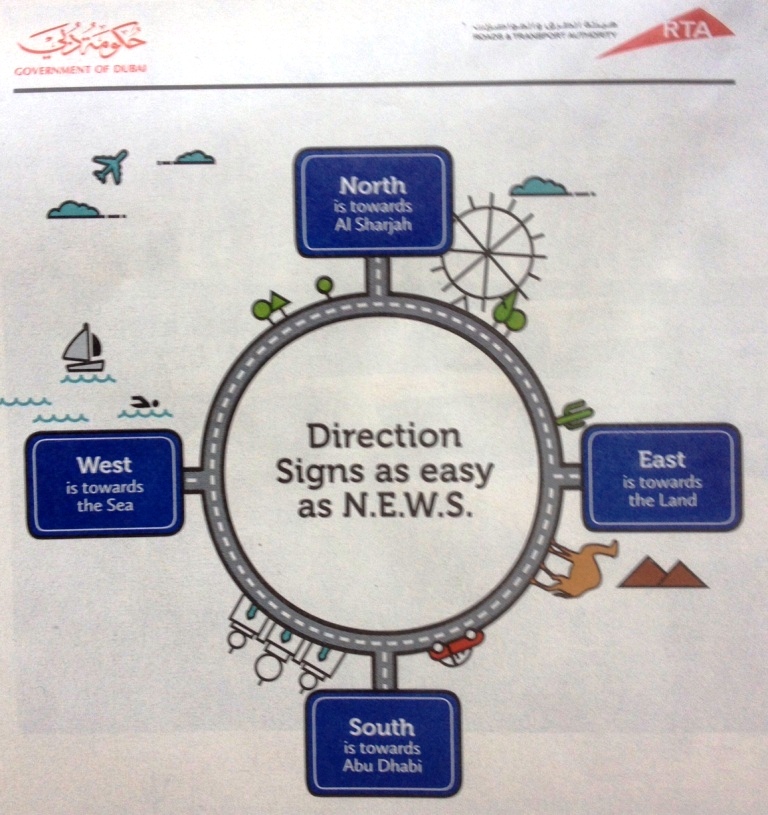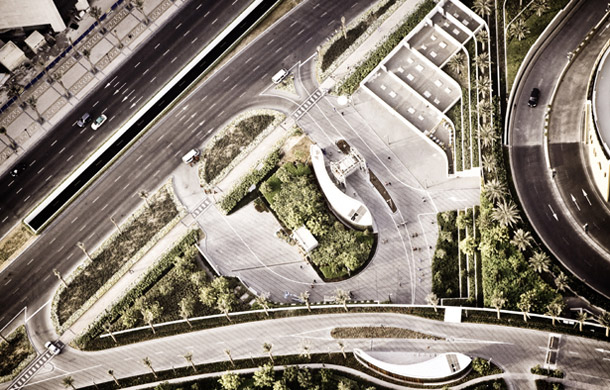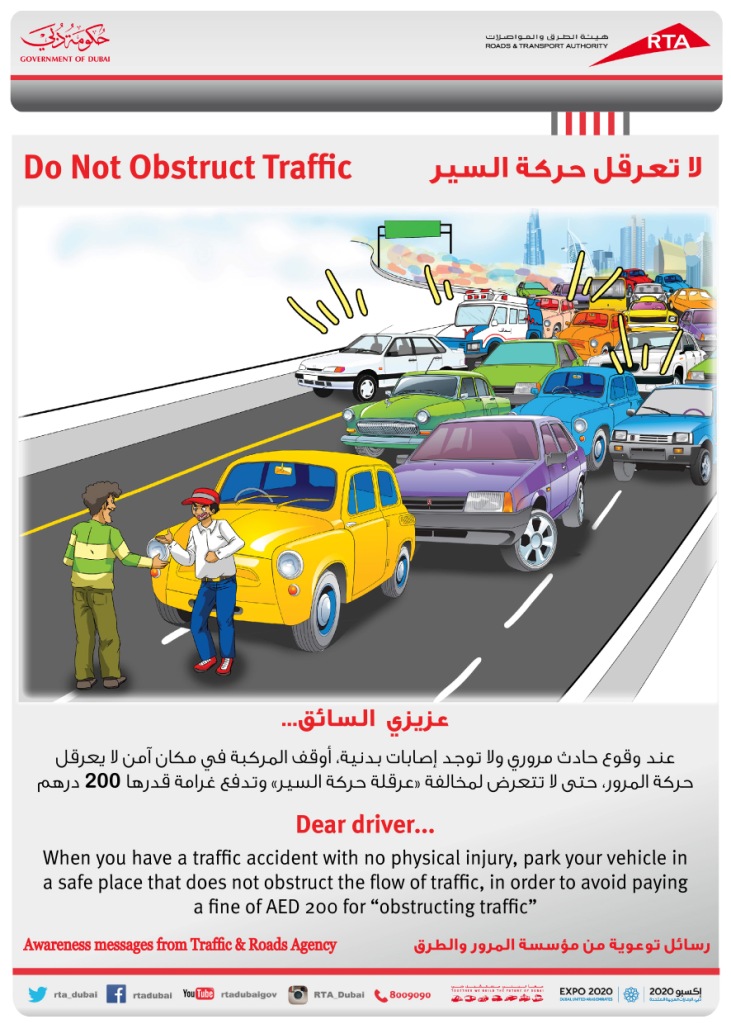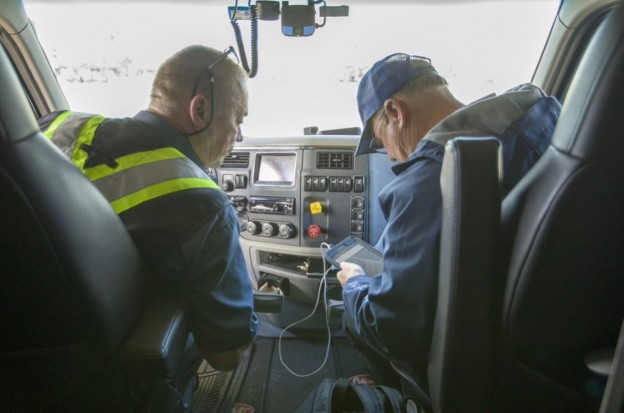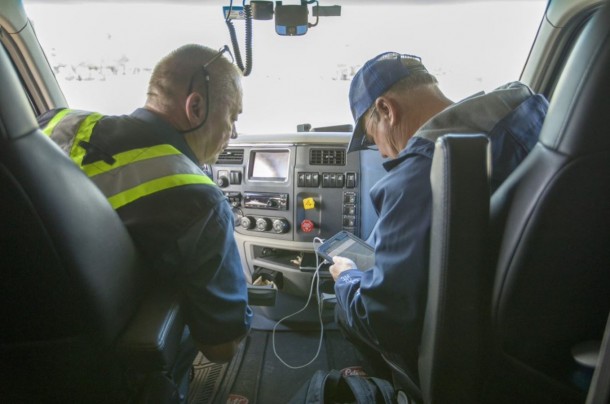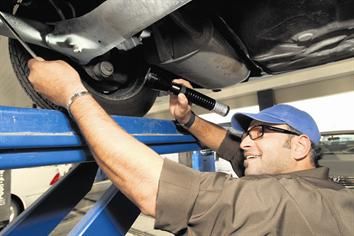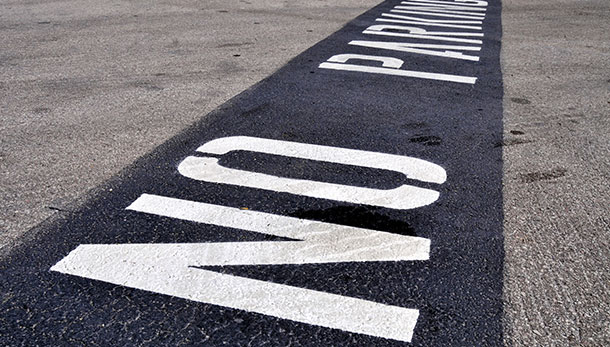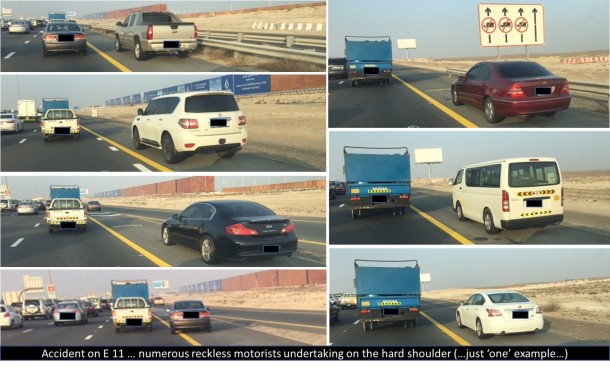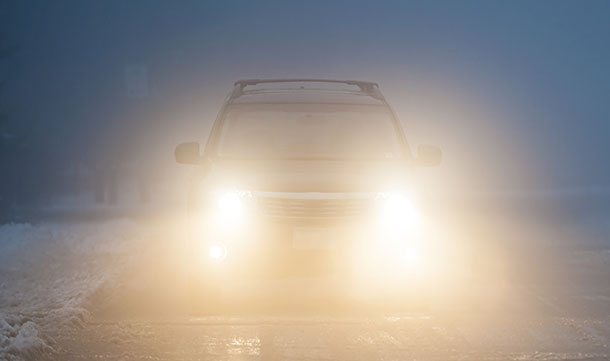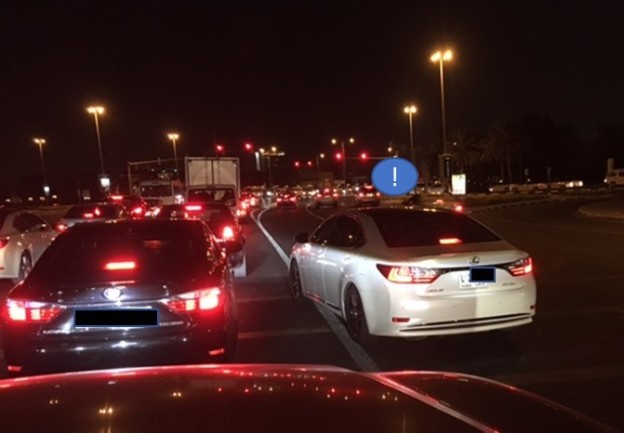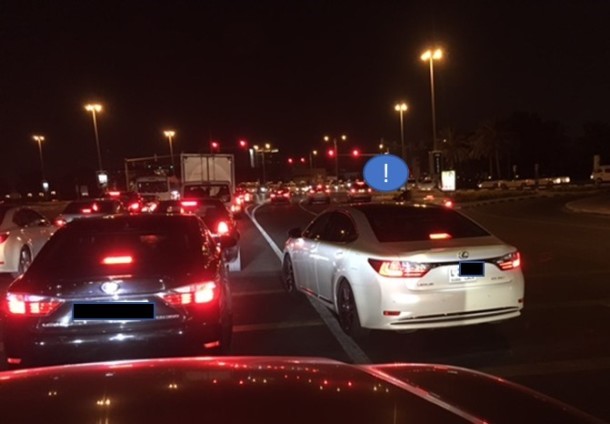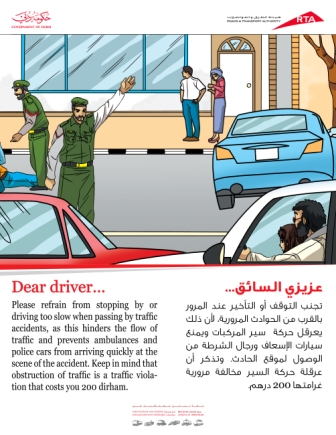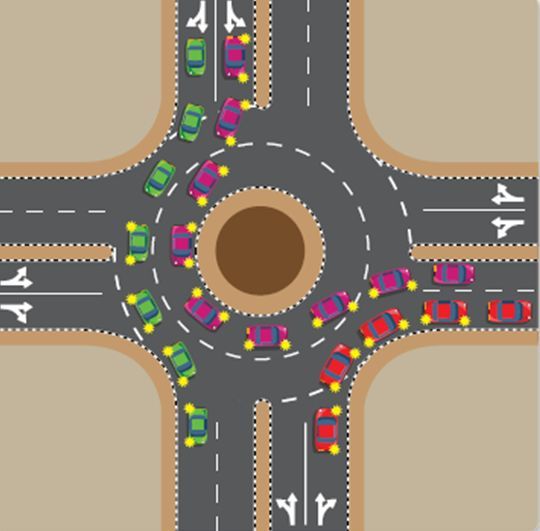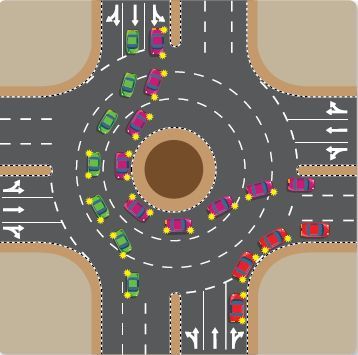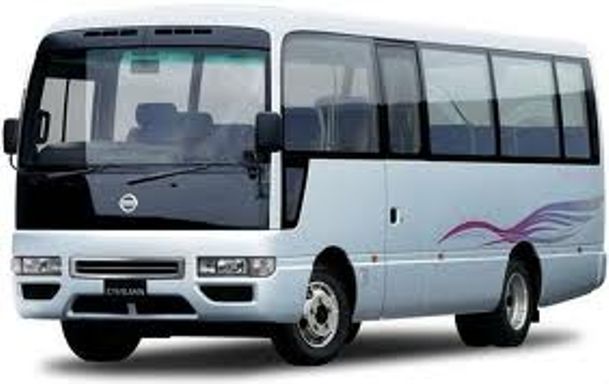
Bus Safety is of big relevance to the UAE and most unfortunately we witnessed some bad accidents this year. Accidents with buses are often tragic, because a bigger number of passengers can be effected, compared to passenger cars. Lack of attention and tiredness often plays a role in bus safety and drivers and their employers need to pay utmost attention. Drivers must do everything in their powers to be alert at all times and employers need to have the right policies in place to protect their drivers, the passengers and other traffic participants.
How to do it right – employer policies:
1. Ensure drivers and crew are aware of the requirements to wear seat belts and are fully trained in the specific type of vehicle they will be driving.
2. Ensure drivers and crew to remind passengers of safety guidelines and the benefits of wearing a seatbelt
3. Ensure drivers are always at peak performance through the adoption of a healthy life style and constant training in defensive driving and other road safety techniques and best practices.
4. Ensure drivers are aware and follow the driving and rest times rules at all times, via careful instruction and management and appropriate transport planning.
5. Ensure that transport buyers (like tour operators, companies requiring staff transportation, etc.) that they bear joint responsibility.
6. Ensure that drivers know the specific requirements of their passengers and implications for road safety, such as when driving with children, the disabled or elderly.
7. Ensure drivers are trained to observe and adhere to speed limits.
8. Ensure drivers and crew are aware that no alcoholic drinks or drugs are to be taken during working hours and educate them through training of the harmful effects that consumption outside of working time will have on their ability to perform their duties safely.
9. Drivers should wear a fluorescent jacket when on duty outside the vehicle.
10. Develop safe vehicle parking procedures and ensure all drivers are trained in vehicle evacuation procedures for all types of passengers.
11. Train drivers in defensive driving techniques and increase awareness of the main causes of vehicle and passenger accidents and how they an be avoided.
12. Companies should develop and implement corporate road safety policy to ensure an ever improving road safety performance
source: http://www.busandcoach.travel/download/best_practices/e0314en_bc_safety_handbook_web.pdf
How to do it right – as a driver:
- Keep your vehicle in good mechanical condition. Conduct a daily vehicle inspection.
- Plan your trip in advance. Allow sufficient time to reach your destination – do not rush.
- Alter your driving to suit weather conditions.
- Do not be under the influence of drugs and alcohol.
- Learn to recognise driving situations that can be hazardous. Utilise the height of your vehicle to see further ahead. Take note of improper driving actions of others and do not repeat them.
- Allow sufficient space between you and the vehicle in front – do not tailgate.
- Do not exceed the speed limit for heavy vehicles. This is displayed as the lower speed limit on a speed sign.
- The faster you go the more likely you are to have a crash. Speed is a contributing factor in 80% of all crashes in Dubai.
- Obey all traffic signs and markings. Never try to beat traffic lights.
- Watch for cars entering the road ahead, changing lanes or turning
- Plan and signal well ahead when you want to change lanes or overtake.
- If you are not sure that you have enough time to turn safely or change lanes, just wait. A few seconds or minutes could save your life.
- Concentrate, keep your mind on the road.
- Stay alert. Take rest breaks whenever possible.
- Expect the unexpected from drivers and watch for pedestrians and other traffic participants
- If possible avoid driving at night. During 2006, 45% of crashes occurred during the night
How to do it right – focus on driver alertness:
Driving a heavy vehicle is hard work. Professional drivers are often required to be on the road for long periods, which is very tiring. You will become less alert. There are many things that good drivers do to prevent becoming tired. If you are drowsy and are not alert, the consequences may be severe. You may fall asleep and drive into the path of other vehicles, causing serious injury or even death, to both yourself and others. Remember that you are driving a very heavy vehicle that can cause a lot of damage.
Preventing Tiredness
The best way to be alert and avoid dozing at the wheel is to not get tired in the first place. Here are some suggestions.
1. Get Plenty of Sleep: if you have a long trip to make, be sure that you get a good night’s sleep before you go. never tart a long trip if you are already tired.
2. Timing Your Trip: Your body gets used to sleeping during certain hours. if you drive during these hours, you will be tired. If possible, try to make long trips during the hours when you would normally be awake. This will not always be possible because of traffic restrictions that limit heavy vehicles to driving at night in some parts of Dubai. if you need to drive at night you need to be extra careful.
3. Avoid Medicines: Some medicines may cause drowsiness. Always ask your doctor or pharmacist about possible effects on driving while on medication, whether the medication is prescribed by your doctor or bought over the counter.
Common medicines that may cause drowsiness are cold tablets, hay-fever and allergy medicines. if you have to drive while you have a cold, hay fever or allergy, it is much safer to drive with these symptoms than to take medicines which will cause drowsiness at the wheel.
4. Do Not Use Drugs: There are no known drugs that can overcome your feeling of tiredness. Some substances may keep you awake for a while, but will not make you alert. Later on, you may be even more tired than if you had not taken them at all! Sleep is the only thing that can overcome tiredness, so if you have started driving and begin to feel tired, stop and sleep. You will know when you are getting tired. You may start to yawn or find that you are blinking more often, finding it difficult to keep your eyes open.
5. Do Not Drink Alcohol and Drive: Alcohol affects your judgement and makes it more difficult to judge risks, such as speed of your own vehicle as well as the speed of others. it makes it difficult to assess distance. Alcohol also gives you a false sense of confidence, which may encourage you to take risks that you would not otherwise take. it makes it difficult to concentrate and do more than one thing at a time, slows your reaction time and makes you more likely to crash.
Some drivers actually think that they are better drivers when intoxicated. This is absolutely wrong. Alcohol is a major cause of fatal road crashes.
6. Take Breaks: Short breaks keep you alert. Take them before you become tired. never drive for more than 10 hours in any 24 hour period. Walk around and inspect the vehicle. it also helps to do some simple physical exercises, such as running on the spot, touching your toes or knee-bends.
7. Keep Your Mind on the Road: You can also do many things to keep your mind alert, like counting cars with different number plates or noting landmarks as you approach them. invent your own ways of keeping your mind on the road and on the job. Long, straight roads can become very boring, especially at night.
8. Watch Your Food: Fresh fruit and vegetables are much better for you at any time. Eating these foods on a trip will stop you from being tired after a meal. Do not eat foods such as bread, pasta, potatoes, pies, and french fries while you are on a long trip. Do not eat a heavy meal before you begin driving because big meals will make you tired. Eating smaller quantities of food more frequently will help you to stay alert.
9. Keep Comfortable:
- Adjusting the driving seat is very important for drivers. If you are uncomfortable, you get tired more quickly and you spend less time looking at the road. If you can adjust your seat, this is what you should do:
- Sit in the seat with your back and shoulders against the back rest.
- Put your feet flat on the floor in front of the seat.
- Sit comfortably: so your feet can reach the pedals. Adjust your seat forward and back so that your foot can push the clutch pedal completely to the floor while your leg still has a small bend at the knee (about 15 to 20 degrees).
- Keep Cool: Try to keep as cool as possible. Depending on the weather, keep the windows and vents open to get fresh air into the cabin and use the air conditioner if the vehicle is fitted with one.
Source: http://www.rta.ae/wpsv5/eservices/PDF_Catalog/Truck_Bus_Handbook_EN.pdf
We recommend the following links:
RTA’s Bus and Truck Handbook:
http://www.rta.ae/wpsv5/eservices/PDF_Catalog/Truck_Bus_Handbook_EN.pdf
International Road Transport Union (IRU):
http://www.busandcoach.travel/download/best_practices/e0314en_bc_safety_handbook_web.pdf
http://www.iru.org/en_policy_index
http://www.iru.org/en_resources_index



